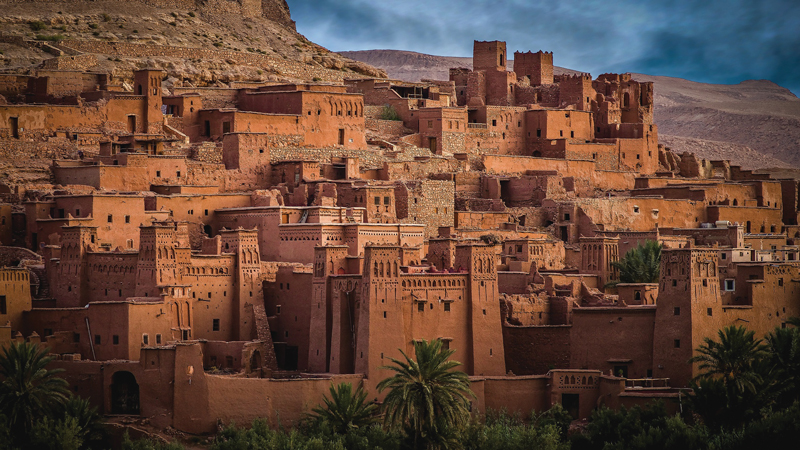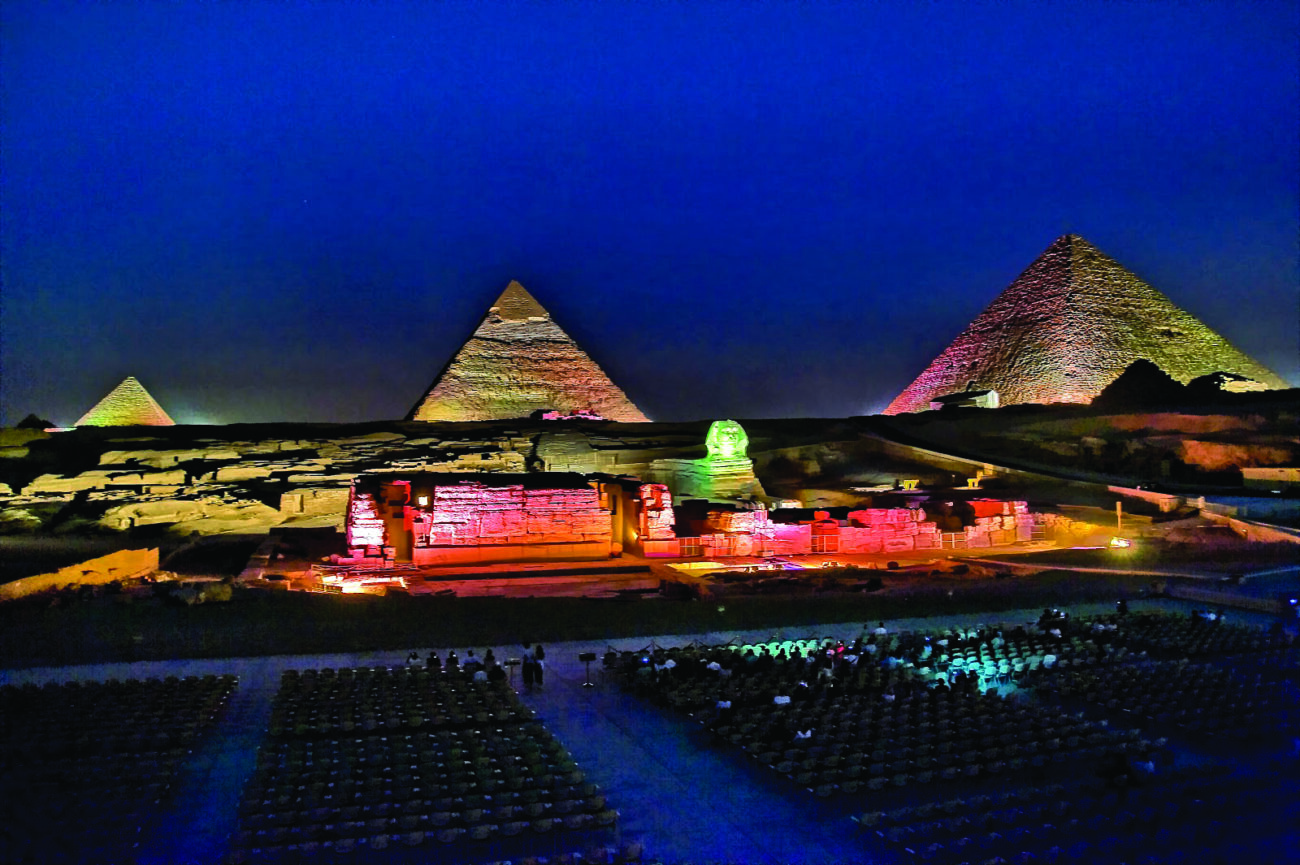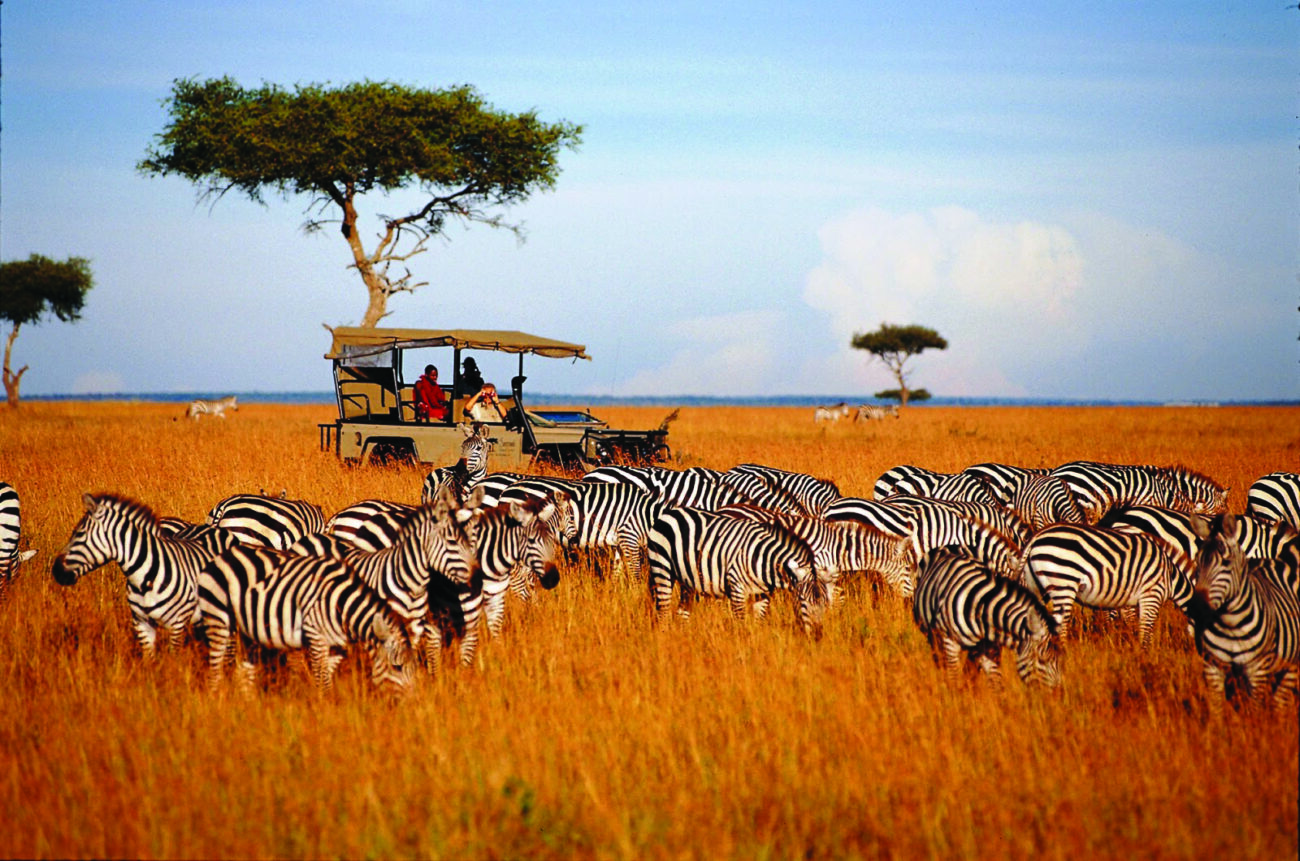Getting to Know Morocco
In North Africa, just across the Gibraltar Strait from Europe,

Morocco is an age-old Islamic kingdom whose roots stretch back twelve centuries. Morocco’s bustling souqs, walled gardens and intricately tiled buildings attract many American visitors, while its favorable exchange rate and modern infrastructure insure good value and comfort.
Morocco’s MyStique
Many U.S. travel agents are just getting to know Morocco. According to Ronen Paldi, president of Oregon-based Ya’lla Tours (www.yallatours.com): “Morocco is a destination for the seasoned traveler. There’s a lot of mystique there, a lot of exoticism.” Travel agents “absolutely must familiarize themselves with the destination.”
Knowing Morocco means coming to grips with an incredibly diverse country. West is the Atlantic coast, north is the Mediterranean, east are the Atlas Mountains and south is the desert. Along the Atlantic are Casablanca, Morocco’s largest city and commercial center, and Rabat, the nation’s capital. Inland, legendary Marrakesh lies to the south, and ancient Fez and MeknËs to the north. At Morocco’s northern tip, where the Strait of Gibraltar and the Mediterranean meet, is Tangier, one of the Mediterranean’s largest ports.
Morocco’s culture is as varied as its geography. The languages and culture of the original mountain tribes-called “berbers,” or barbarians, by the ancient Romans-still exist along with Arabic and French cultures, the latter a pervasive reminder of Morocco’s 44 years as a French protectorate, from 1912 until 1956. Since the first century A.D., Jews seeking trade opportunities or refuge from European persecution also have called Morocco home.
A Night in Casablanca
For first-time visitors, urban Morocco is usually the focus: Casablanca and the four great “Imperial Cities” of Marrakesh, Rabat, Fez and Meknés. A smattering of visitors cross the Gibraltar Strait from Spain by ferry, but most tourists arrive by air. Direct nonstop flights from New York’s JFK Airport to Casablanca are 7 1/2 hours aboard Royal Air Maroc (www.royalairmaroc.com), the national carrier since 1957.
From Casablanca’s King Mohammed V International Airport, trains as well as inexpensive taxis take visitors to the city center. Like other major Moroccan cities, Casablanca has three parts: the medina, or old city; the Jewish quarter, or mellah; and the ville nouvelle of Art Deco buildings and broad boulevards laid out by the French in the early 20th century. Must-see sights are the Hassan II Mosque, an ornately tiled structure fronting the Atlantic and one of only two mosques in the country open to non-Muslims, and the Museum of Moroccan Judaism, the only Jewish museum in the Islamic world.
Marrakesh and Beyond
From Casablanca, Marrakesh is 2 1/2 hours southeast by train, bus or car. Plan to spend at least three days in Marrakesh. Marrakesh’s personality plays out daily in Jemaa el Fna square. There, from dawn till the wee hours, snake-charmers, fortune-tellers, acrobats, and food vendors, hawking such Moroccan delights as kebab-like brochettes and spicy ground-beef kefta, congregate. Marrakesh is also known for its riads, traditional mansions with lush
courtyard gardens.
Marrakesh is a jumping-off point for beach and mountain forays. The fishing port of Essaouira, 2 1/2 hours west of Marrakesh by car or bus, has a wide sandy beach, and an 18th-century walled medina that’s a UNESCO World Heritage Site. An hour’s drive east of Marrakesh, in the foothills of the High Atlas, are age-old Berber villages to explore. The city was just designated African Capital of Culture for 2020.
North to Rabat, Fez, Tangier
From Marrakesh, head northwest to overnight in Rabat, a UNESCO World Heritage Site. Next-door MeknËs- site of the 17th-century Royal Stables that once housed 12,000 Arabian steeds-is the jumping-off spot for a day trip to the Roman ruins of Volubilis.
From Meknés, the road threads north through the Berber villages of the Rif Mountains, then doglegs west along the Mediterranean past a string of new seaside resorts before reaching Tangier. Once a notorious smugglers’ haven, Tangier has spruced itself up with a new train station and, on its outskirts, a huge commercial port.
Getting There
As previously mentioned, travel agents would do their clients a service by organizing their tours with experienced and knowledgeable tour operators. Ya’lla Tours offers both of the distinct experiences in Morocco, the intricate cities and the expansive desert.
(www.yallatours.com).
Family owned Oussaden Tours has been a Moroccan Travel expert for more 20 years, and has offices in both New York City and Fez, Morocco. (www.oussadentours.com).
Monarch Travel is an incoming tour operator whose headquarters are based in Casablanca. They are interested in building ongoing relationships with US travel agencies.
(www.monarchtravelmorocco.com)
Visit www.visitmorocco.com




